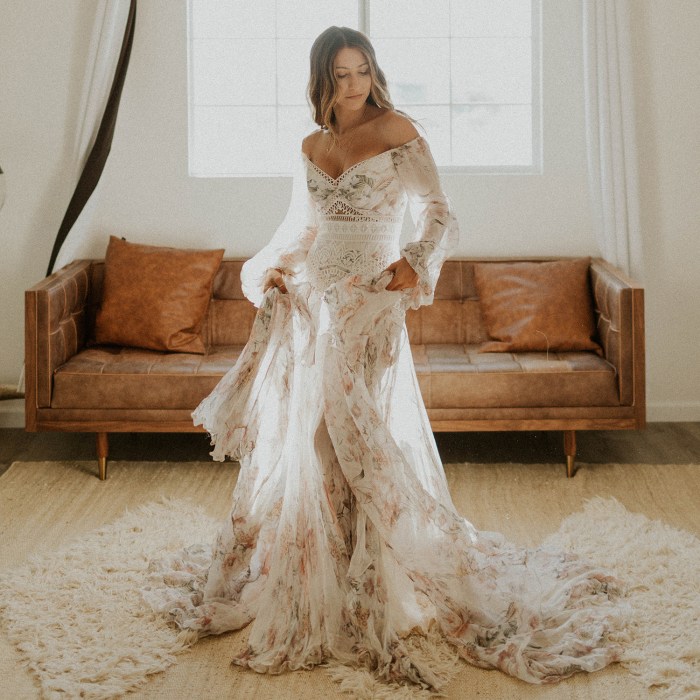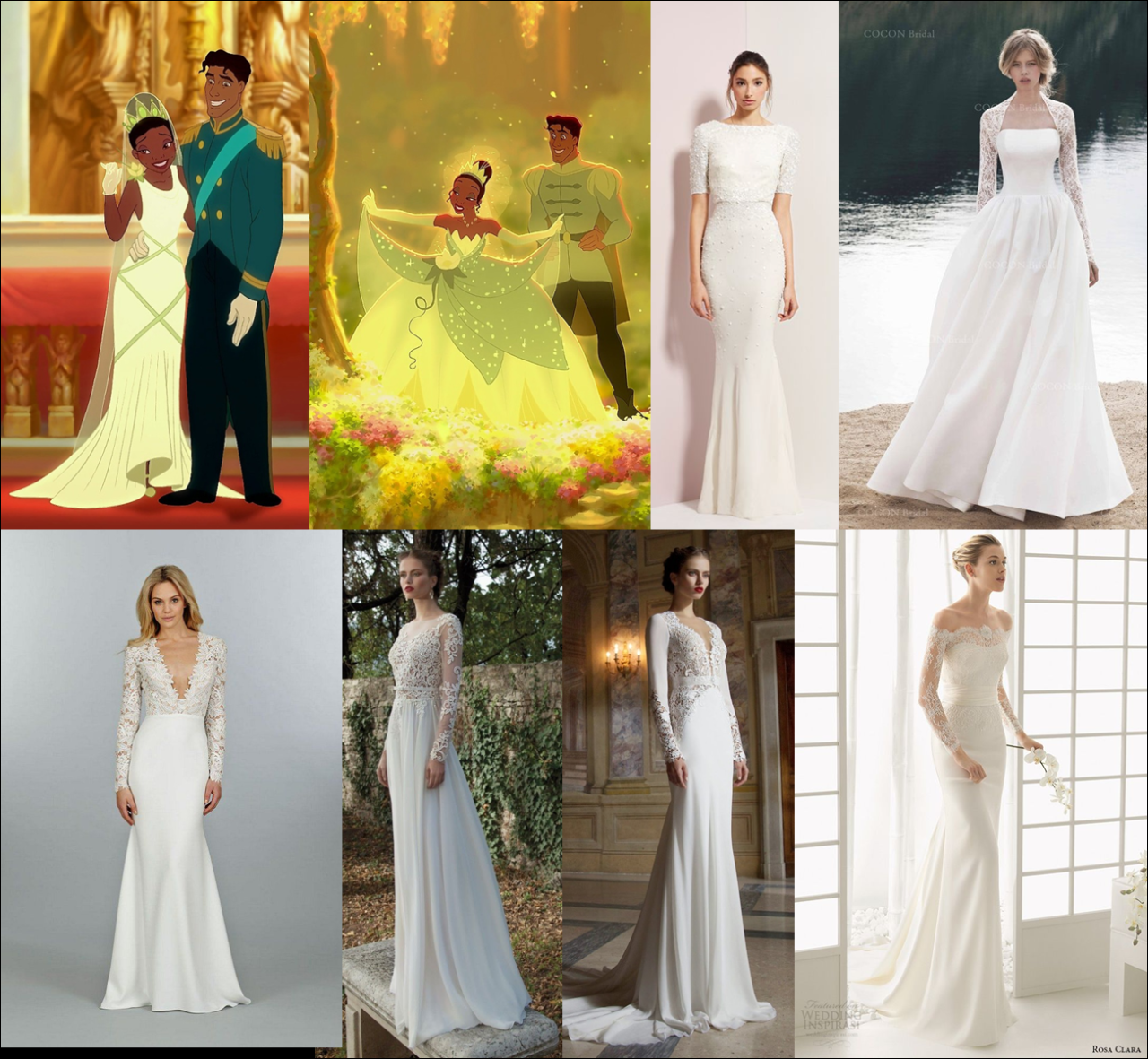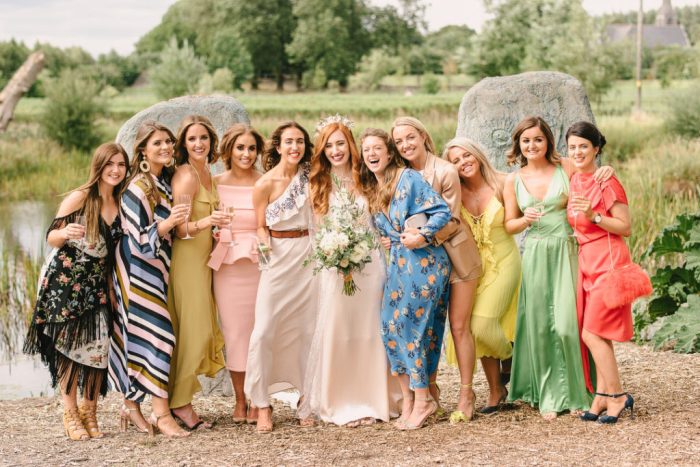The Symbolism of the White Wedding Dress: What Does A White Wedding Dress Symbolize
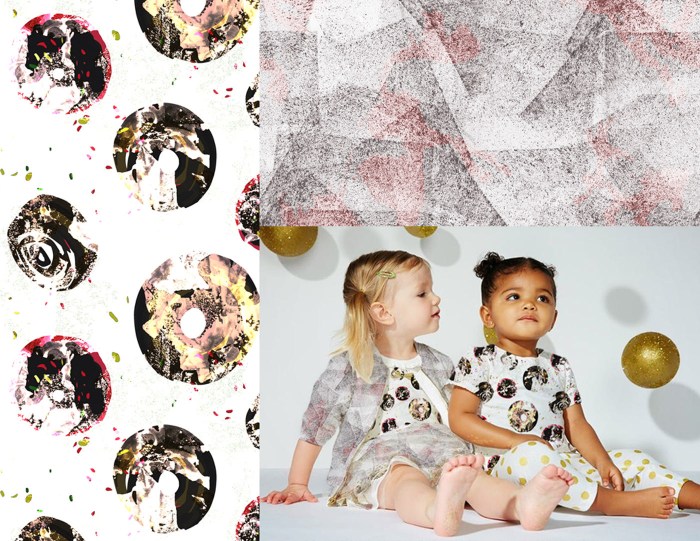
Source: behance.net
What does a white wedding dress symbolize – The white wedding dress, a seemingly simple garment, carries a rich tapestry of symbolism woven from historical traditions, cultural influences, and evolving societal norms. Its meaning transcends mere fashion, representing a potent blend of purity, new beginnings, elegance, and, increasingly, personal expression. This exploration delves into the multifaceted symbolism embedded within this iconic garment.
Historical Context of the White Wedding Dress, What does a white wedding dress symbolize
The association of white with bridal attire is a relatively recent phenomenon. Before Queen Victoria’s 1840 wedding to Prince Albert, where she famously wore a white gown, wedding dresses varied widely in color, often reflecting the wearer’s social status and the availability of fabrics. Wealthier women might choose vibrant colors like red or blue, while simpler fabrics and colors were common among those with less means.
Victoria’s choice, however, established a powerful precedent, and white quickly became the preferred color for Western brides, solidifying its association with purity and innocence. This shift was further influenced by the burgeoning Romantic movement, which emphasized idealized notions of femininity and virtue. However, it’s crucial to note that this symbolism didn’t translate universally; across various cultures and historical periods, wedding attire has maintained diverse color palettes and symbolic meanings.
For example, in some Asian cultures, red traditionally symbolizes good fortune and prosperity in marriage, while other cultures may utilize colors associated with nature or spirituality. The white wedding dress, therefore, represents a specific cultural and historical interpretation rather than a universal one. The wedding attire of historical figures like Anne of Brittany, known for her lavish and colorful wedding gowns, stands in stark contrast to Victoria’s iconic white dress, highlighting the evolution of bridal fashion and its symbolic significance.
Purity and Virginity Symbolism
The dominant association of white with purity and virginity in Western cultures is deeply rooted in Victorian-era ideals. This interpretation, however, has been challenged in recent times as societal views on marriage and female sexuality have evolved. While the purity symbolism persists in some contexts, many modern brides choose white for reasons unrelated to virginity, emphasizing instead elegance, new beginnings, or simply adhering to tradition.
Alternative interpretations of white encompass concepts like new beginnings, blank slates, and the potential for limitless possibilities. The color’s inherent neutrality can symbolize a space for self-expression and the creation of a new identity within the context of marriage.
| Culture | Traditional Color | Symbolism | Modern Variations |
|---|---|---|---|
| Western (Historically) | Various (Red, Blue, etc.) | Wealth, Status | White, Ivory, other pastels |
| Western (Modern) | White, Ivory | Purity, Innocence, New Beginnings | Wide range of colors and styles |
| Chinese | Red | Good Fortune, Prosperity | Red, but with modern styles |
| Indian | Red, Gold, other vibrant colors | Fertility, auspiciousness | Modern adaptations with pastel shades or unique embellishments |
New Beginnings and Fresh Starts
The pristine nature of white readily lends itself to the symbolism of a fresh start. The wedding ceremony itself is a powerful ritual marking the commencement of a new chapter in life, and the white dress acts as a visual metaphor for this transition. Many wedding traditions, such as the exchanging of vows and the unity ceremony, reinforce this symbolism of new beginnings.
Consider a bride stepping into a new life, her white dress a blank canvas, representing the boundless possibilities of her future. It’s a visual embodiment of leaving behind the past and embracing the unknown with hope and optimism. This symbolic power extends beyond the literal, encompassing a sense of renewal and the potential for growth within the marital union.
- A symbol of leaving behind past hurts and embracing a future filled with love.
- A representation of the potential for shared growth and development within the marriage.
- A visual manifestation of the couple’s commitment to building a life together.
Elegance and Sophistication
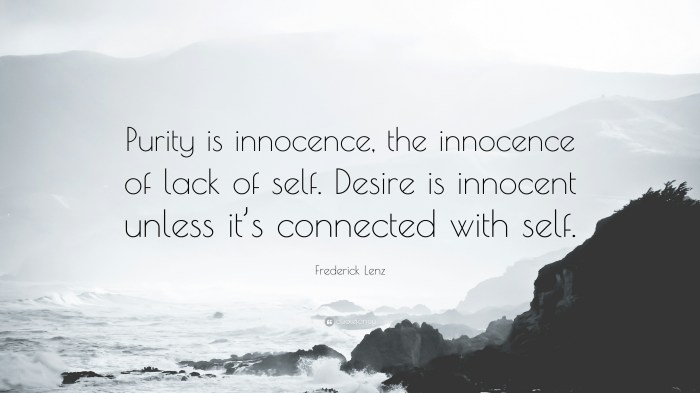
Source: quotefancy.com
Beyond its symbolic weight, white holds a powerful aesthetic appeal. In the realm of fashion, white is frequently associated with elegance, sophistication, and timeless style. Wedding dress designers have consistently utilized white to create stunning gowns that range from classic ball gowns to modern minimalist designs. The choice of fabric, embellishments, and silhouette all contribute to the overall aesthetic and symbolic impact of the dress.
The evolution of wedding dress design is a fascinating reflection of changing social norms and aesthetic preferences. From the simple, high-necked gowns of the Victorian era to the sleek, modern designs of today, the white wedding dress has undergone a remarkable transformation.
The white wedding dress traditionally symbolizes purity and new beginnings, a fresh start for the couple. However, wedding guest attire offers a diverse range of styles, and you might consider a more relaxed look like a wedding guest dress boho for a less formal affair. Ultimately, the symbolism of the white dress remains centered on the bride’s journey into marriage, regardless of guest attire choices.
- 1800s: High-necked, long-sleeved gowns, often with elaborate embellishments.
- Early 1900s: S-bend silhouettes, emphasizing a curved figure.
- 1920s: Dropped waistlines, looser silhouettes reflecting the flapper era.
- 1950s: Full skirts, cinched waists, reminiscent of Hollywood glamour.
- 1960s-Present: A diverse range of styles, from A-line and sheath dresses to bohemian and unconventional designs.
Modern Interpretations and Challenges
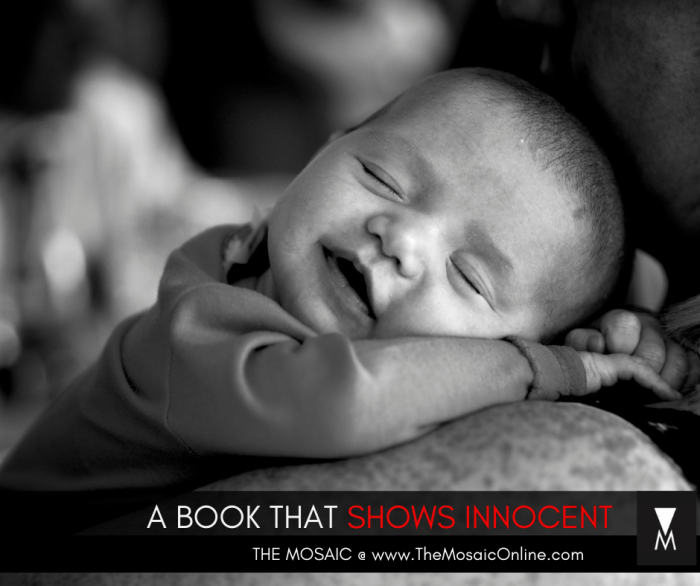
Source: thriveglobal.com
Contemporary brides are increasingly challenging traditional notions surrounding the white wedding dress. Many opt for non-traditional colors, fabrics, or silhouettes, reflecting a move towards personalized expression and a rejection of rigid societal expectations. This reflects a broader shift in societal views on marriage and individuality, where personal choice and self-expression take precedence over adhering strictly to established norms.
Imagine a bride choosing a flowing gown crafted from richly textured silk in a deep shade of emerald green. The color signifies growth and renewal, while the luxurious fabric speaks to her confidence and individuality. The absence of traditional white allows her to create a unique statement, reflecting her personality and the unique nature of her relationship.
Top FAQs
What about colored wedding dresses? Do they hold different symbolism?
Yes, colored wedding dresses often carry different symbolic meanings, reflecting cultural traditions or personal preferences. For example, red might symbolize passion, while blue could represent serenity or loyalty.
Is it still considered traditional to wear a white dress?
While white remains a popular choice, it’s no longer strictly traditional in many cultures and among modern brides. Many now opt for other colors or non-traditional styles.
What about second marriages? Is white still appropriate?
There’s no single answer; it’s a matter of personal preference. Some brides choose white for a second marriage, while others opt for a different color to signify a new chapter.






